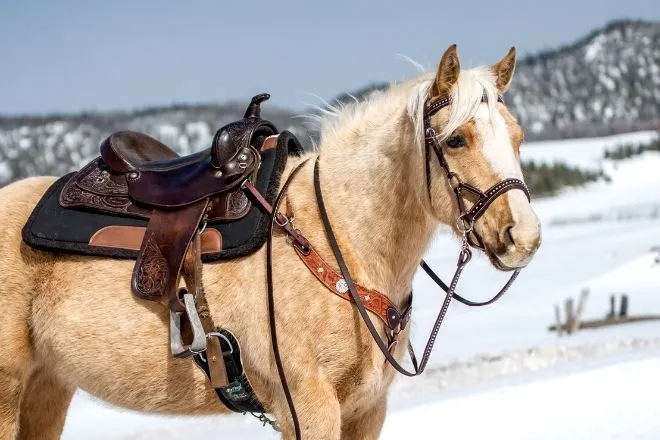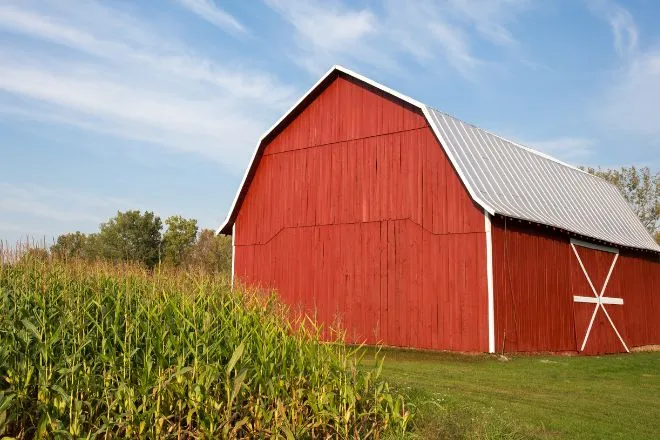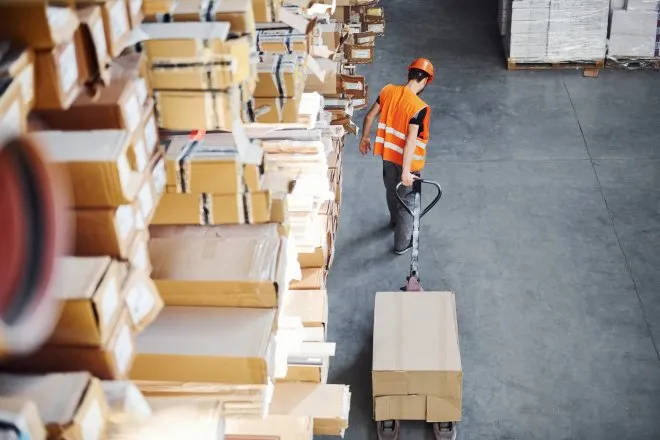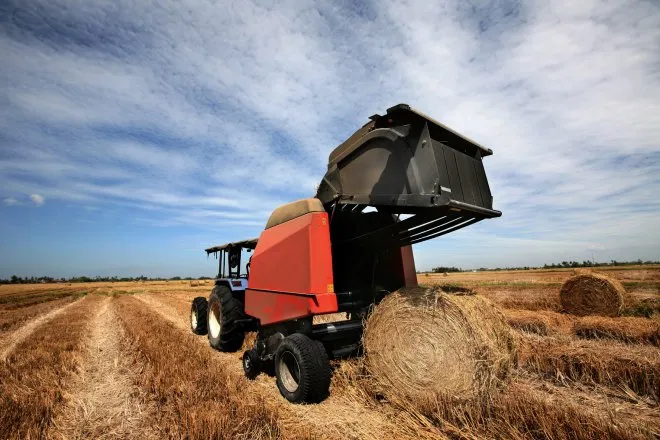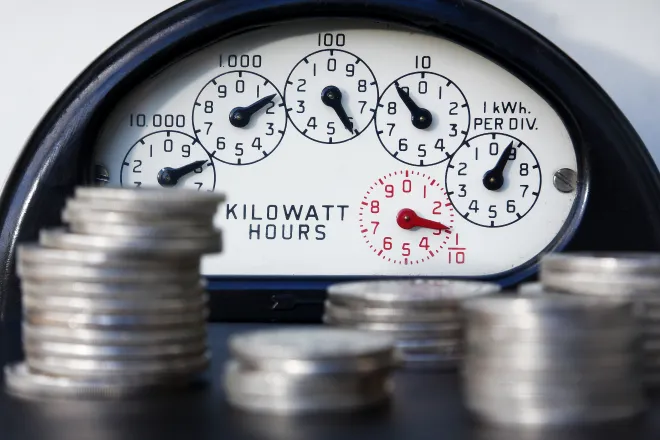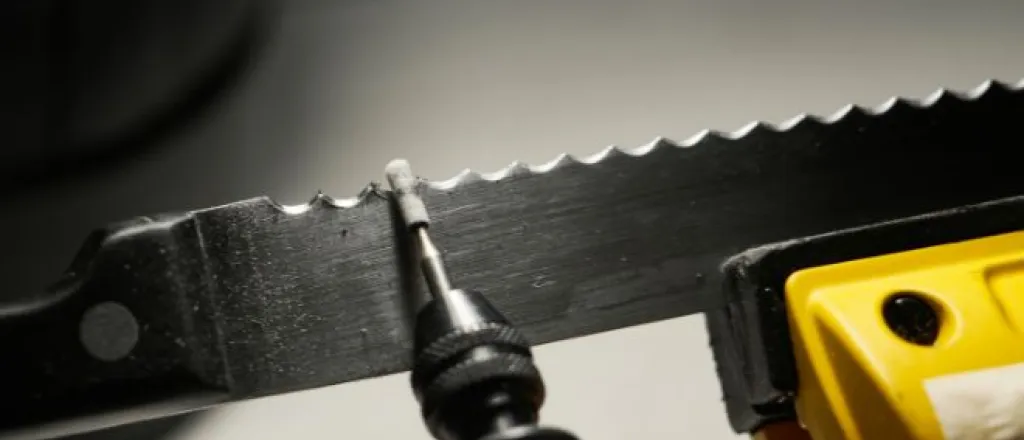
Things To Know Before You Buy a Serrated Knife
Picture this: You’re in the kitchen, preparing to make your next meal with your trusty knife. Or you’re out camping, and you need a knife to baton your firewood. Which knife is best? Sometimes, a smooth blade just isn’t enough to handle the variety of tasks you encounter. That’s where a serrated knife comes in handy.
But before you run off and buy one, it’s important to understand the key elements of this type of blade. That’s why we’ve put together a list of things you need to know before purchasing a serrated knife.
Consider the Raw Power of Serrated Blades
Ever wondered why serrated knives feature toothlike edges on their blade? Well, that serration is an essential asset for any resourceful explorer or everyday cook. A serrated knife is designed to saw—rather than chop or slice—through a variety of items with ease, including fibrous plants, ropes, and bread. However, the serrations are ineffective for making sharp, thin slices through soft-skinned fruits and a host of other natural substances, so be sure to keep that in mind.
Choose the Right Size for Your Serration
Don’t assume that all serrated knives are created equal. Some feature larger, wider teeth, while others have smaller and finer serrations. When learning about the main things you should know before you buy a serrated knife, you should make sure you buy one that’s the right size and type of serration for your specific needs.
For instance, larger serrations are more effective at cutting through tougher materials like thick branches or stubborn ropes. On the other hand, knives with finer serrations prove to be more versatile in handling precision tasks like slicing tomatoes or cutting off plant stems. Carefully analyze your potential use for a serrated knife and choose accordingly.
Learn More About the Durability of Your Materials
Nothing is worse than your trusty tools failing you while trying to complete a task in the great outdoors. As you marvel at your surroundings, the last thing you want is a low-quality serrated knife that won’t withstand the test of time.
Therefore, opting for a knife crafted from a high-quality, durable material such as stainless steel or high-carbon steel is crucial. These materials ensure that your serrated knife remains rust-free and maintains its sharpness for a longer period.
Know About Blade Maintenance and Why It Matters
However, even the best materials need a little help to maintain their effectiveness. That’s why you must take care of your blade to maintain its performance over the years. Regular cleaning and sharpening are vital in conserving the edge and longevity of the blade. It’s important to note, though, this can be a bit more difficult for serrated knives because of their design.
To avoid a dull blade, you must know how to sharpen a serrated knife the right way. Use a sharpening rod designed for serrated edges, moving it along the serrations while maintaining the knife’s angle. Also, be sure to buy cleaning materials that are safe for use on your knife’s specific materials.

